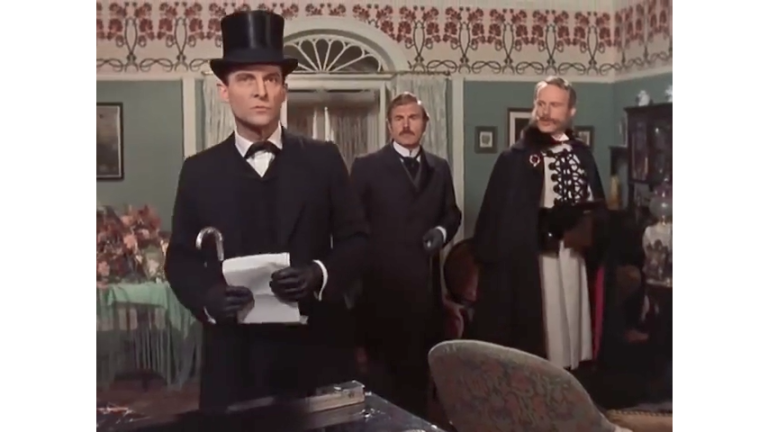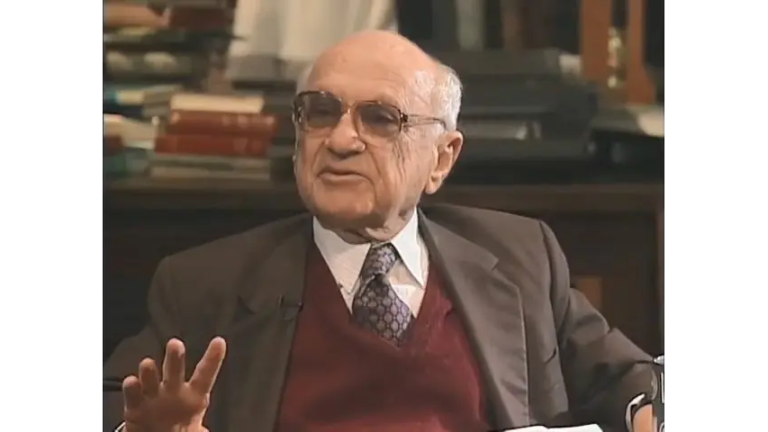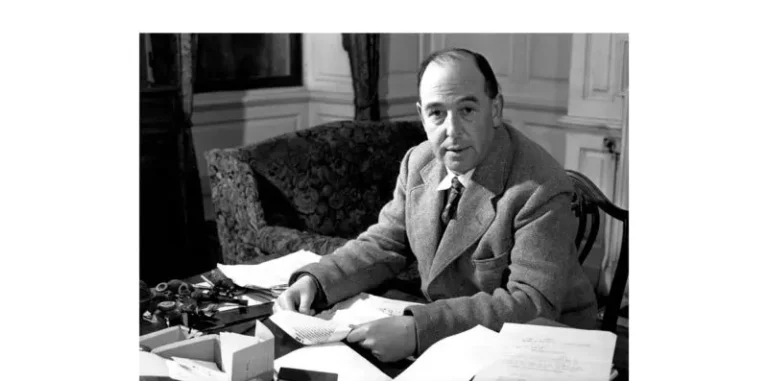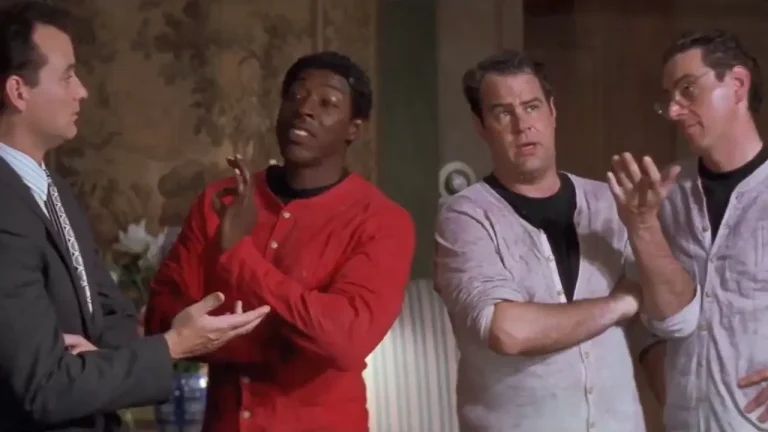How long is long enough?
Even in the age of fleeting attention and endless scrolling, some stories still need to be longer than a tweet
How long should my story be? I get that question all the time when I’m working with writers and editors in organizations.
Is 800 words too much? Is 250 too little? What’s the magic number? Writing good stories is hard enough; communicators want rules.
That’s when I look at them very sagely and offer the kind of exasperating advice that would make even a Zen master wince.
The story should be as long as it should be.
As the Buddha tells us: “Nothing ever exists entirely alone. Everything is in relation to everything else.”
Irritating.
But in this case, the Big Buddhanski is right: There is no rule, no magic number, for how long a story should be. The deeply unsatisfying answer is, well, it depends.
We write stories for different reasons: to inform, to enlighten, to entertain, to persuade. Those are very different objectives, so to assign an arbitrary number, say 300 words, to all of them doesn’t make much sense.
I know what you’re thinking. We live in a time when the human attention span, at eight seconds, falls one second short of the goldfish. Everything has to be short, really short, with lots of bullets or lists. If not, our minds begin to wander, and our itchy thumbs go into hyperdrive, scrolling past one Facebook post to the next.
And you’d be right. Sort of. If there was one number, one word count for everything, it would be small. We certainly have no attention span for what we don’t care about. But when we do care, we make a commitment, even under the worst conditions: We’ll read long stories on our phones, jostled on a crowded subway or walking down the aisle boarding an airplane.
Long ago, I started teaching the 80/20 rule for communicators. It says that 80 percent of the stories you write really aren’t stories at all. They’re alerts, announcements and calls to action. Sign up for this training. Don’t forget this deadline. We’re having a meeting on Wednesday.
Those stories are important, but they certainly shouldn’t be long. Follow this simple formula: Be clear. Be quick. Be done. Give me a link to take an action, and let me get on with my life.
But the remaining 20 percent of our work is our opportunity to craft stories of substance, with humans and color and quotes and emotion. These are real stories, intended to make an impression on an audience, maybe even to be remembered and shared.
These are the stories that need to be as long as they should be.
Can a story be short and still pack a punch? You bet, especially if you’re breaking your own news. Written in the inverted pyramid style, these stories put all the relevant information at the top and the least important details toward the end, just in case you don’t make it all the way through. Newspapers invented that. You’re welcome.
Packaging matters
Stories, no matter how long, need proper packaging—visual elements that will draw our attention, or keep it, as we consider reading the words. We call these elements “entry points for the eye.”
Our brains are wired to watch out for boring. Snoozer headline. Keep scrolling. Dumb photo of lots of people staring at the camera. I’m outta here. Big chunks of unbroken text. Wake me when it’s over.
Got a story that needs room to breathe? Do this:
1. Write a good headline and teaser. The headline advertises what’s coming; the teaser gives readers a better idea of what they can expect.
2. Draw me closer with a good visual. No better way to break up a longer story than to give readers a break to look at photos or illustrations. But they have to be worth looking at, and the captions have to deliver. (Captions are stories!)
3. Give me a running start with a good opener. Start with a short, punchy lead that stands alone, or pull me in with a great anecdote that makes me want more.
4. Show me the humans, and give them human voices. Nothing kills a good read like a lousy, corporate quote.
5. Break up the copy with subheads and sidebars. Give readers a chance to take a breath, with subheads that preview what’s next. Break out sidebars and graphics to complement the main story.
Finally, keep it tight. Edit. Trim. Repeat. Make sure every word counts.
No matter how many you use.
The yardstick for a story is quality, says Jim Ylisela, the Co-Founder of Ragan Consulting Group.
Contact our client team to learn more about how we can help you with your communications. Follow RCG on LinkedIn and subscribe to our weekly newsletter here.







